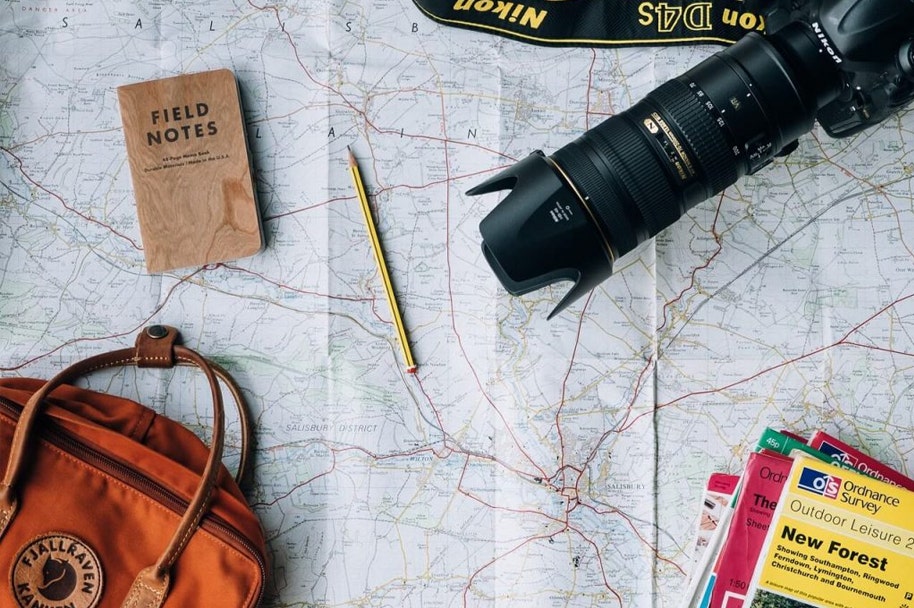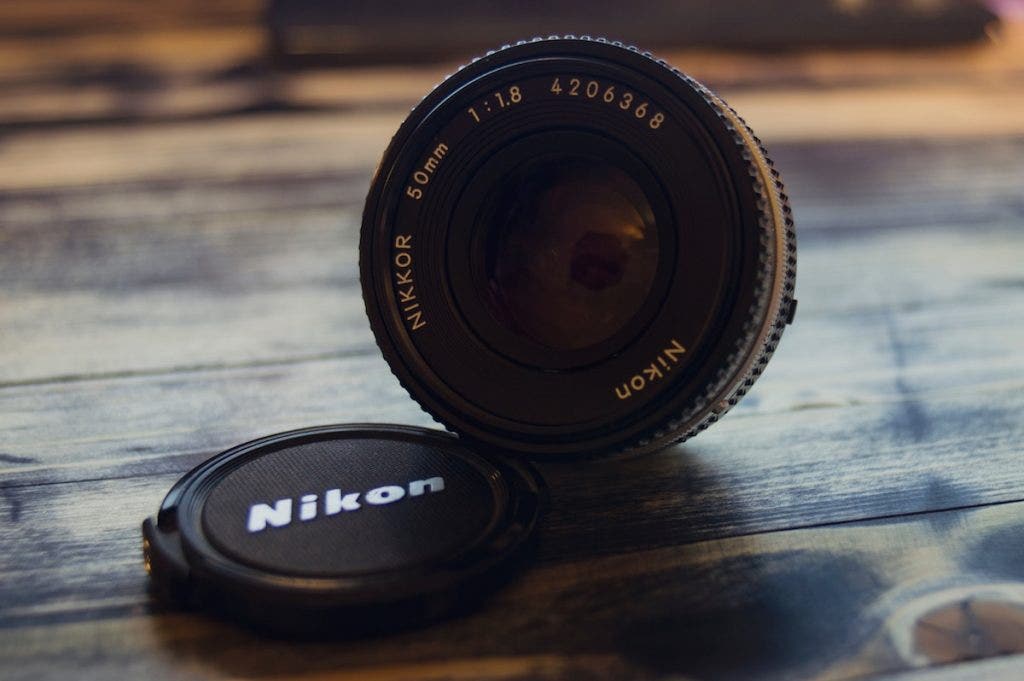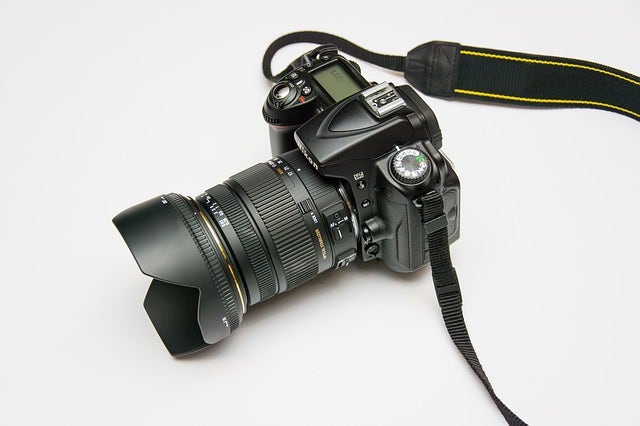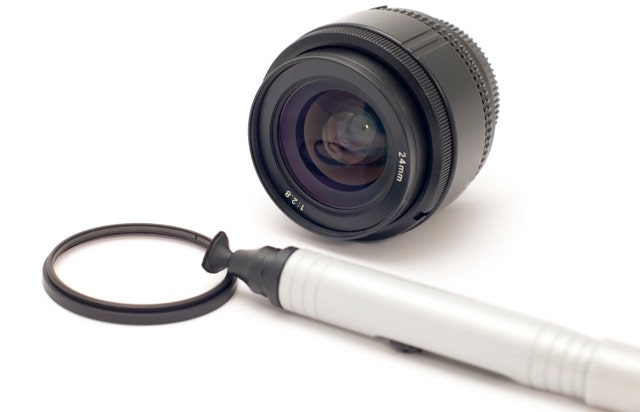
When you're just starting to build your essential camera kit, it's easy to get overwhelmed with the number of lens accessories out there. How do you know which accessories will transform your photography and which are - for now at least - unnecessary?
Here, we've provided a comprehensive list of the lens accessories you might come across. Not every item will be relevant to your needs now, but you'll soon learn which accessories are unmissable in your camera bag and which ones are treats that will really revolutionise what you can do with your camera.
Lens caps to protect your camera

Normally, you won’t need to worry about buying additional front and rear lens caps, since they should come with your lens when you buy it. These lens caps are usually made by your lens manufacturer and are designed specifically for the lens they come with.
But of course, losing your lens cap is always a possibility. To replace it, you can either buy a new cap from the original manufacturer or go for a third-party cap, which is normally a little cheaper.
The most common types of front lens caps are snap-on caps. They fit inside your lens filter ring, which means you have to find a cap that will fit the same diameter as your filter ring.
Screw-in lens caps are less common, but thread onto the front of your lens the way a filter does. They can be a more secure way to store your lens.
Finally, rear lens caps are important if you change lenses often. They protect the rear element of your lens and need to be compatible with the equipment you're already using.
Other protective gear: lens cases, wraps, and sleeves
When you’re not using those valuable lenses, you’ll want to keep them protected, even in storage. Lens cases, wraps, and sleeves are all designed to keep dirt, grime, and dust away from your lenses.
Lens cases are made to comfortably fit specific lenses, which means you’ll need to know the type (or at least the height) of your lens before you buy your case if you want it to fit snugly. Lens cases can be soft or hard and come with features such as zipped or draw-string closures, belt loops, and more.
Lens wraps are softer and won’t protect your camera from shocks or pressure. But they’re more versatile – you can use them across lenses or even for other camera equipment.
Lens hoods to prevent flare and glare

Lens hoods, also known as lens shades, block stray light and prevent flare and glare. The hood you chose should correspond to the focal length of the lens you plan to use it with, otherwise, the edges of the hood might show in the frame and produce unsightly vignetting.
Round lens hoods are the most common type of lens hood, usually used with standard, telephoto, and macro lenses. Petal hoods have two longer sides and two shorter sides, which make them perfect for wide angle lenses.
Lens filters to have greater control over lighting
Lens filters determine how much light strikes your camera’s image sensor. Most filters come in a fixed size that you screw onto the end of your lens, meaning you need to match your filter to your lens size.
However, some filters are available as glass sheets that fit into a lens adapter with a mount. These filters are great if you plan on changing up your lenses or cameras and want to use the same filter across them all.
While there are many types of lens filters, most photographers start off with a generic UV filter, which is predominantly used to protect more expensive lenses. UV filters have a clear glass coating that blocks UV light waves and can produce greater clarity at higher altitudes.
Neutral density filters, more commonly just called ND filters, reduce the amount of light that passes through your lens so you can leave the shutter open longer. If you want to capture silky smooth water shots like the one below, for example, an ND filter is essential.
Circular polarising filters reduce glare by cutting the amount of light that bounces off reflections. They’re great if you want to accentuate the reflections in water.
Lens converters to broaden your lens usage
Lens converters are an optic you attach to the front of your existing lens to broaden its functionality. Teleconverter lenses will help increase your lens magnification while wide-angle converter lenses help give your lens a wider frame.
Your lens converter needs to be compatible with your existing lens and equipment, so be sure to do some research before you commit.
Lens extenders and extension tubes to enable macro photography
These are a great alternative to macro lenses, creating space between your existing lens and the camera body so you can focus at a closer range.
Most extension tubes come in sets with three different lengths that can be used individually or together. As with lens converters, you need to find a lens extender compatible with your existing equipment.
Lens adapters to increase lens compatibility
Have you switched from one camera model to another? Sacrificing all the lenses you’ve accumulated over time would be a shame, but thankfully, lens adapters can make lenses from one system compatible with the camera body of another.
For example, a lens adapter can enable you to mount a mirrorless micro four thirds lens to a DSLR camera, or a Canon EF lens to a Sony camera.
Cleaning accessories for your lens equipment

Of course, we can’t write a post about lens accessories without mentioning the all-important cleaning equipment!
Serious photographers will always carry certain cleaning equipment with them wherever they go, should they accidentally get fingerprints or grime on their valuable lenses.
At a minimum, you would want to carry a microfibre cleaning cloth and a lens brush to wipe away dust and grime. A LensPen combines these two, making it the ideal cleaning accessory in your camera bag!
Of course, not every photographer is going to need every accessory we’ve listed here. As your skills expand, you'll want to experiment with different forms of photography, which is when you may find a greater need for some of these more specialised accessories. But for now, browse our range of lens accessories to invest in the essentials you'll need to get started!
